Broad beans
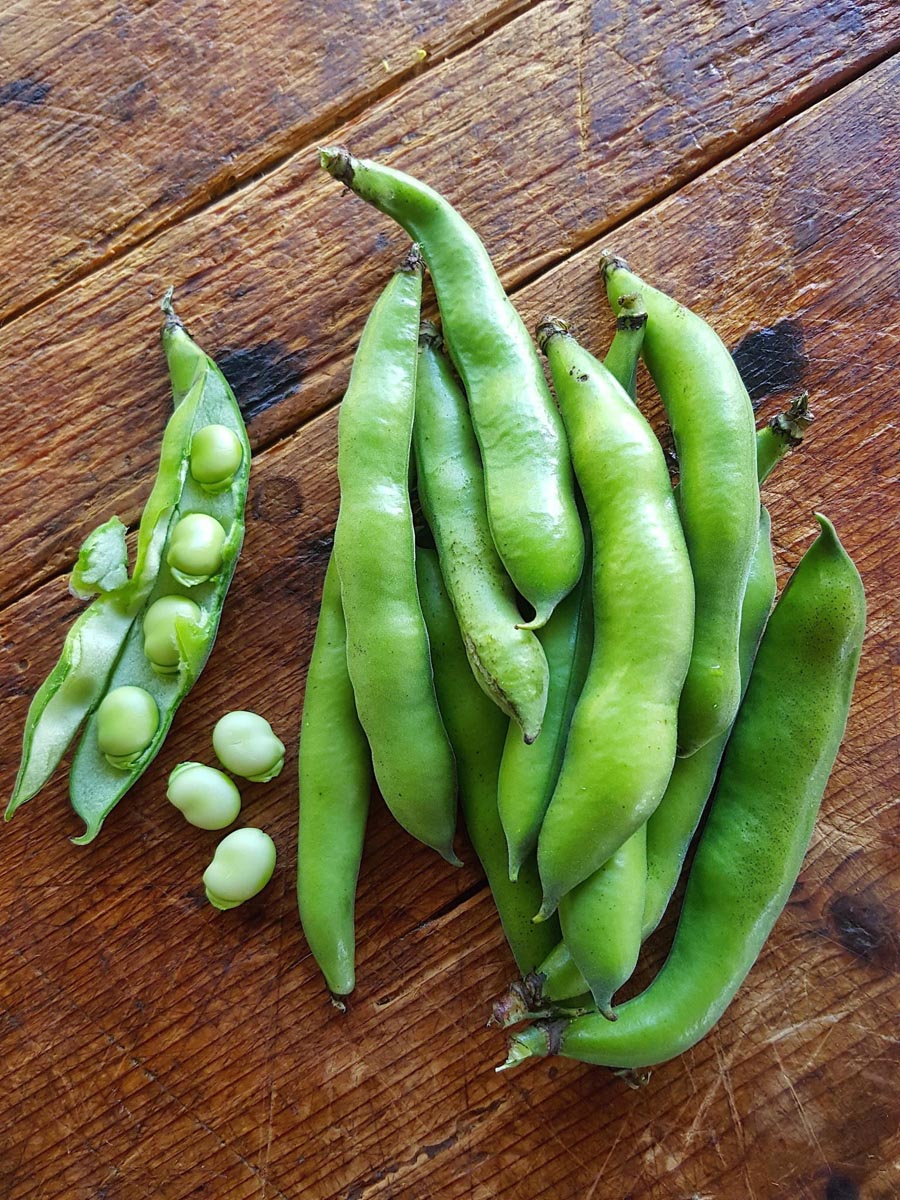
Gloriously spring-green in colour, smooth and slippery in the mouth, freshly picked young broad beans are curiously alkaline in the mouth, strongly green-bean in flavour and slightly nutty, and crisp textured.
Broad beans have a short season, from mid to late spring. Look for fresh firm pods with even-sized beans. The pods should be an even green colour, and the beans should not appear large or feel hard through the pod. When split open, healthy beans will be a creamy pale green, nestled in a soft downy cocoon. If the beans are small in size, then can be eaten raw. Larger beans need to be freed from their tough outer skins. When broad beans are presented with their tough outer skins they look boring, don’t smell that great and are tough to eat.
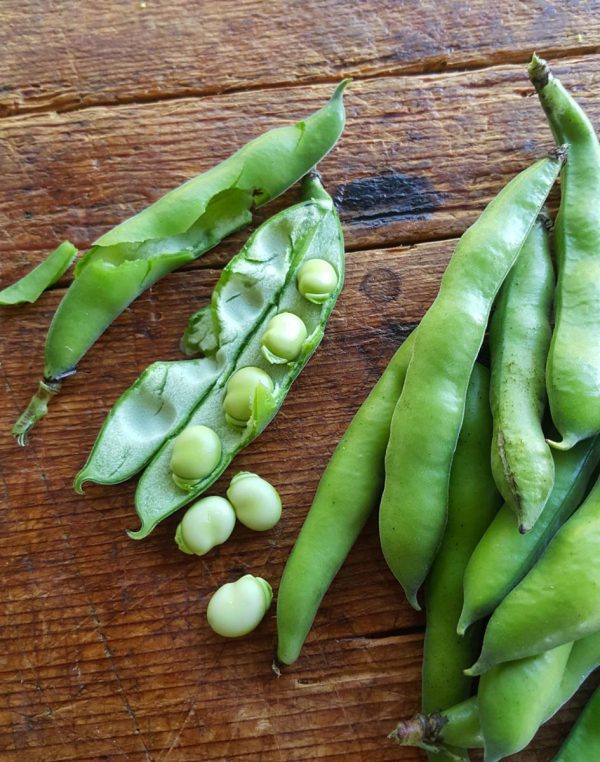
Cooking broad beans
If you want to cook baby broad beans, drop them unpeeled into a pot of gently boiling salted water and cook them for a few minutes, depending on whether they are to be served as is, or added to a dish and cooked some more. Drain and refresh with a cup of cold water. If serving immediately, dress them with a little butter or extra virgin olive oil, a pinch of salt and a little grind of black pepper. If liked, add chopped herbs, a little grainy mustard and crushed garlic. The beans can be cooked ahead (before finishing off with butter and oil etc,) but it is best to run cold water over them until they feel completely cool to preserve their colour. Drain, pat dry and keep covered in a dish for up to 1 hour, or store in the refrigerator until needed. If the beans are more mature, cook as above, allowing 5-7 minutes for mature beans, then pop them out of their outer skins and treat as above.
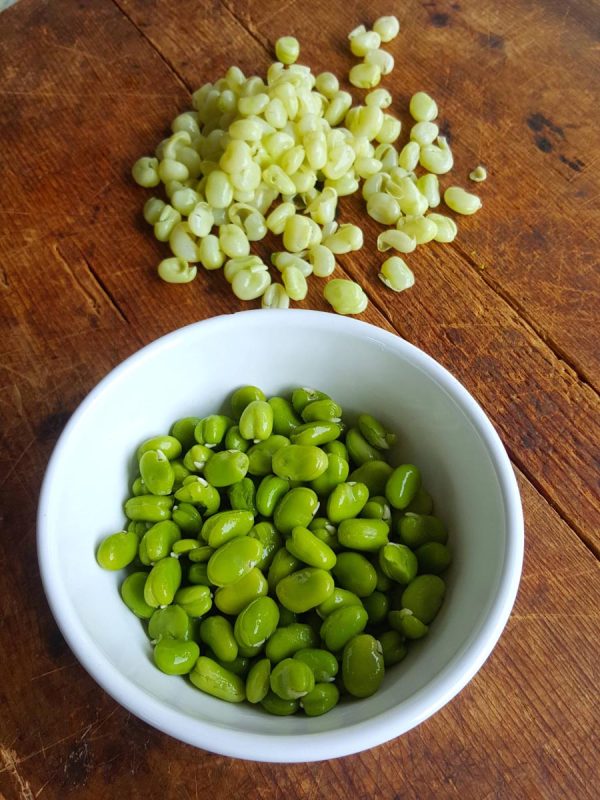
Frozen broad beans
Before cooking frozen broad beans, put them in a sieve and run hot water run over them to rinse off ice crystals – otherwise the water cools down with the ice, and takes longer to return to the boil. Drop rinsed beans into a pan of gently boiling lightly salted water, bring to the boil quickly and cook for 2-3 minutes if further cooking with other ingredients is going to take place, or for 5-7 minutes if they are going to be served tossed with seasonings. Drain and cool as described above, then flick beans out of their outer skins. This is a little tedious, but totally necessary. Frozen broad beans can be cooked and shelled ahead, but they will lose a little of their bright green colour over time; plan to do them no more that 1-2 hours before serving them. Then either add them to other dishes for further cooking, or heat in a pan with a little oil, butter or stock, and season how you wish.
A broad history
Broad beans have been around for eons, since at least 3000 BC and they have an interesting history. Historically, they have been an important food source because they are rich in protein, (around 25%), and carbohydrates, (around 58%), and fibre, along with Vitamin C, some of the B group vitamins and minerals, and they can be successfully dried, so providing nutrient-dense food for leaner months.
They are also known as fava beans, from the Latin name faba, which gives us the word favism, an inherited defect in susceptible people, mostly of Mediterranean and Iranian origin, which causes red blood cells to become sensitive to a chemical in the bean (inhaling the pollen of the flowers can also bring this about) leading to severe anaemia.
The Greek philosopher Pythagoras, who was a vegetarian, is said to have died not through eating broad beans, but because he chose to be captured rather than walk through a field of broad bean plants. At any rate, he forbade his followers to eat them. There are all sorts of myths surrounding broad beans, the most enduring being that the beans contain the souls of the dead.
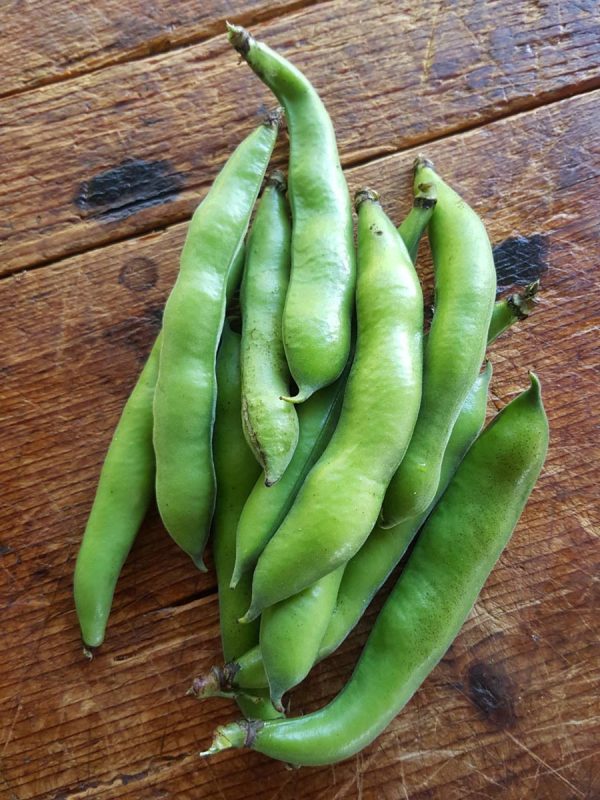
Ways to use them
During spring in rural restaurants in Italy you’re likely to come across baskets of broad beans served with hunks of coarse-textured peppery salami and slabs of tart white cheese, served as an antipasto. Home gardeners who often manage to harvest just a few handfuls of beans at a time should try this idea: at the end of the day, in the last rays of the setting sun, take a small table and chairs into the garden, pluck the beans straight from the vine and enjoy them with the accompaniments above, and a jot or two of wine, of course. Bliss!
Small raw broad beans can be added to leafy green salads, or included in a school lunchbox – kids love them – and larger cooked ones, popped out of their outer skins, can be stirred through risottos, pasta sauces, stir-fries and hot vegetables dishes of potatoes, artichokes, asparagus and the like, and floated on top of soups. If using them in a salad, sprinkle them on top of the dressed salad, because if you toss them with the other ingredients, they will fall to the bottom of the bowl (and they look pretty on top!). Broad beans can also be puréed.
Broad beans go particularly well with aromatic herbs like thyme, sage and savoury, and they love garlic and all members of the onion family such as shallots, chives and spring onions. They also go well with softer leaved herbs such as basil, tarragon and mint. Smoky flavours like bacon work a treat, too, and prosciutto, pancetta and ham are also great plate mates.
A few ideas
*Broad beans work really well in a salad with feta – they like the salt – juicy tomatoes and basil.
*Try broad beans, tangelos and feta, drizzled with lemon-infused or mandarin-infused olive oil, or avocado oil. It’s juicy, bright, mealy and salty (yum!).
*Sizzle onion, garlic and bacon, splash with wine, add a little chopped marjoram and cooked broad beans, and a cup of cream (per 1kg/2 lb 2 oz fresh unpodded broad beans) and reduce a few minutes until thickened, then toss through cooked pasta.
*Make a spring salad of cooked broad beans, blanched asparagus and chopped spring onions, all lightly heated in mandarin-infused olive oil then tossed through torn cos lettuce leaves, topped with sizzled prawns. Serve with lemon wedges.
*Roast chicken is one of my favourite meals. Serving it warm, once it has a chance to reabsorb all its juices, accompanied by a fresh spring salad of asparagus, sugar snaps and broad beans, mixed with a few mesclun leaves, and doused with a creamy, mustardy, garlicky dressing, is just delicious.
Growing
Over-fertilizing the soil when growing broad beans results in excessive leaf growth on the plants, so avoid sheep manure and the like because although you will get magnificent bushy green plants, they won’t have much on them in the way of beans. The growth spurt can be curtailed by nipping out the tips of the plants – the plant tips can then be cooked and served as a green vegetable so there’s no waste. Is anyone else lamenting the lack of bees in their garden? We’ve had plenty of bumblebees visiting our broad bean flowers the last year or so and assumed everything was fine, but my wily 96-year old father told me otherwise. The bumblebees are so big they have difficulty entering the front of the flower, so they sneak in a hole in the back of the flower and don’t properly complete the pollination process. I watched, and sure enough, that’s exactly what they do! Sometimes a little hand-pollination is necessary!
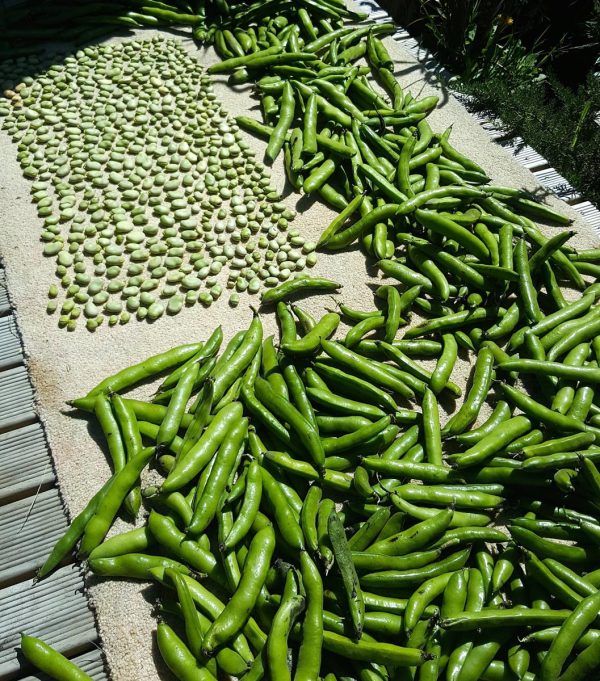

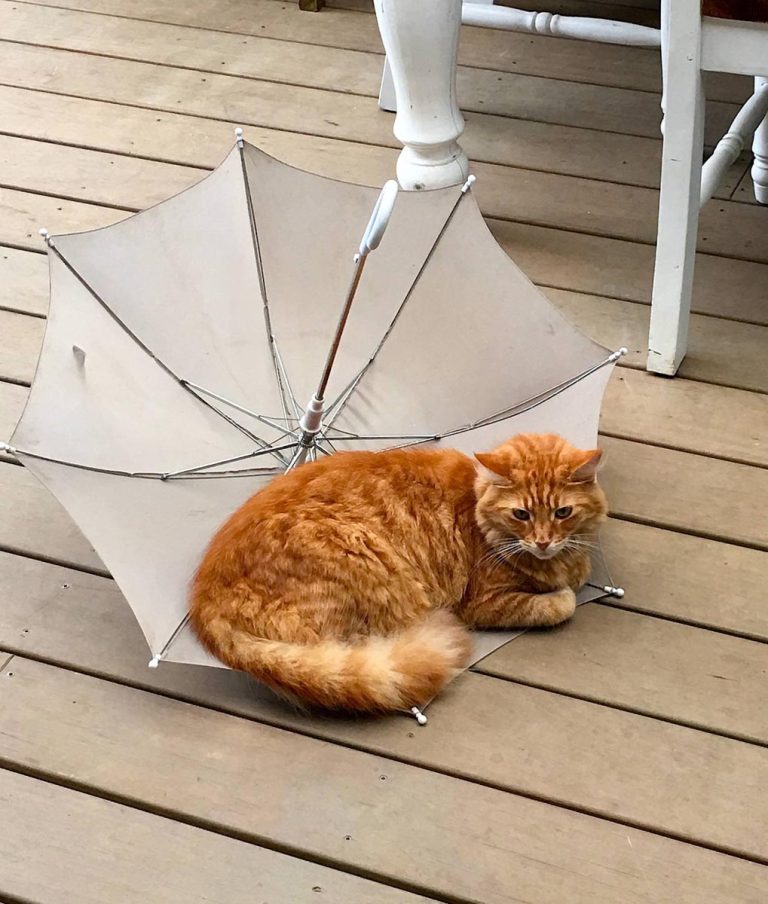

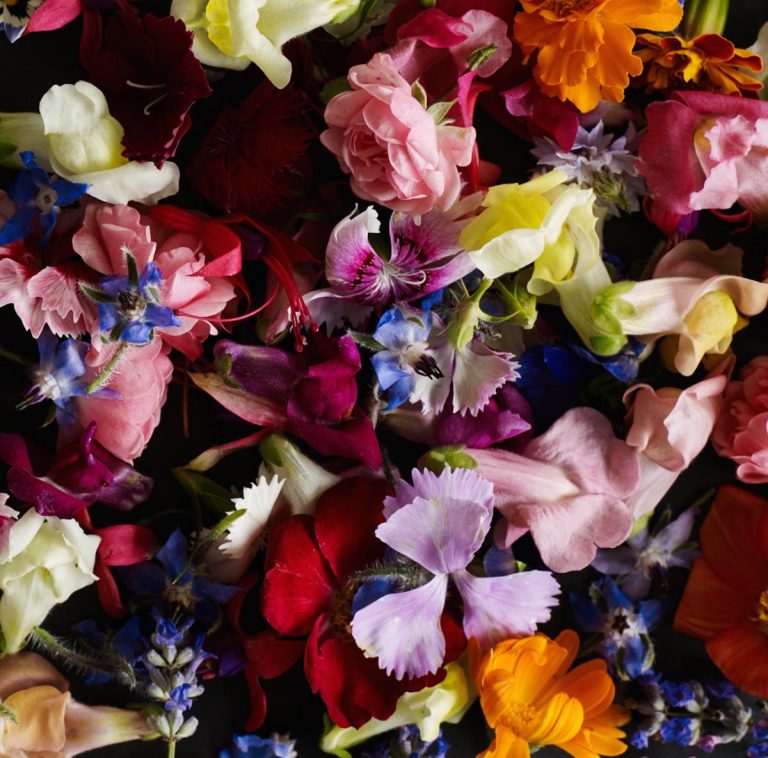

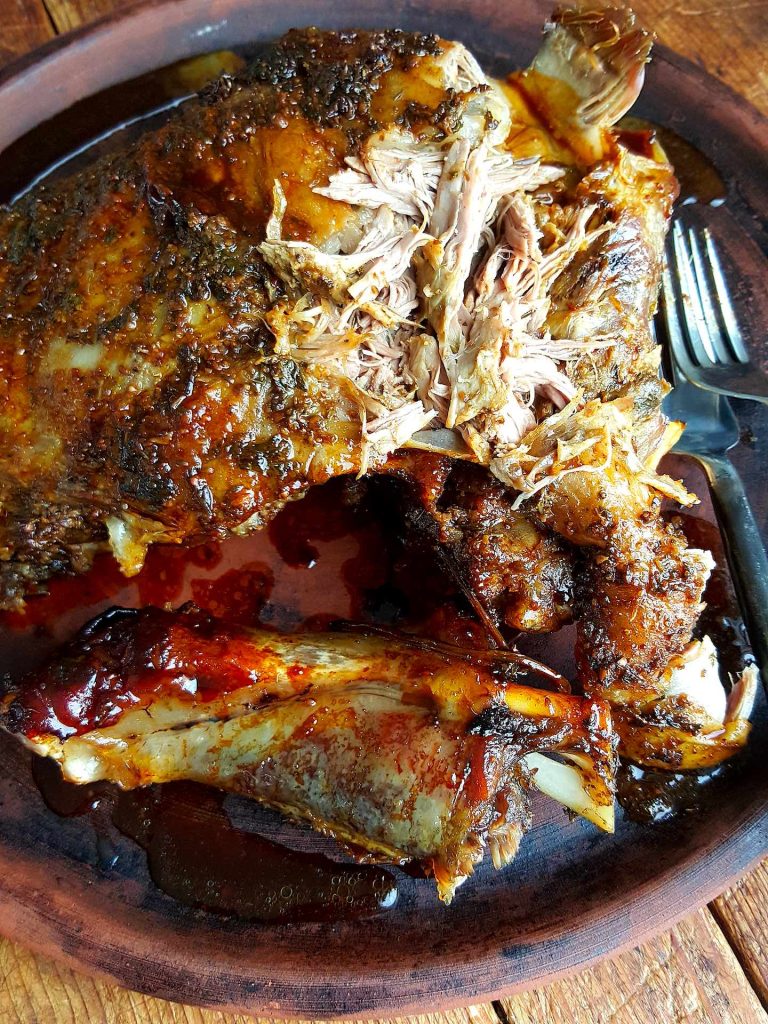
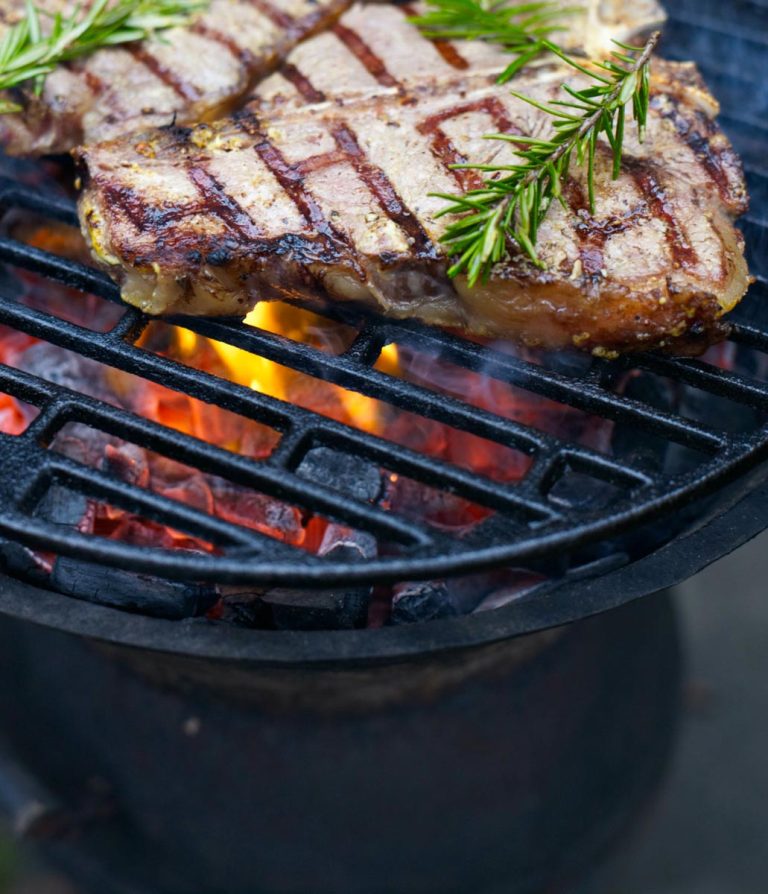
Excellent Julie
Wecare right into BB here in martinborough at the moment
Larry
Love them so many ways. Happy eating Larry!
Julie